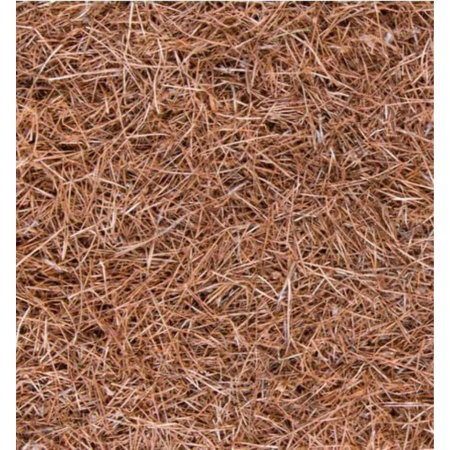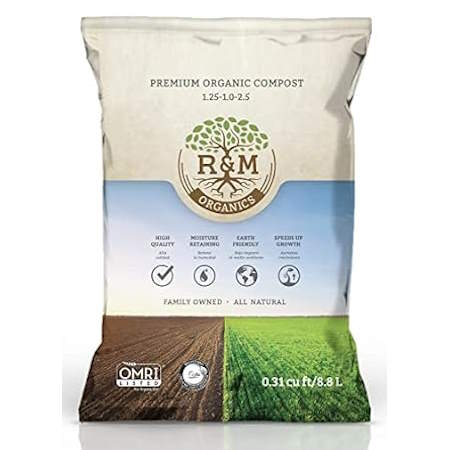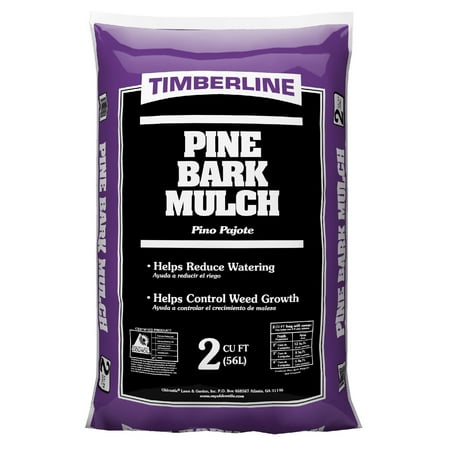Gardeners can make their tomato plants healthier, stronger, and produce more fruits by doing this 1 simple thing
Discover the reasons you should be mulching tomato plants
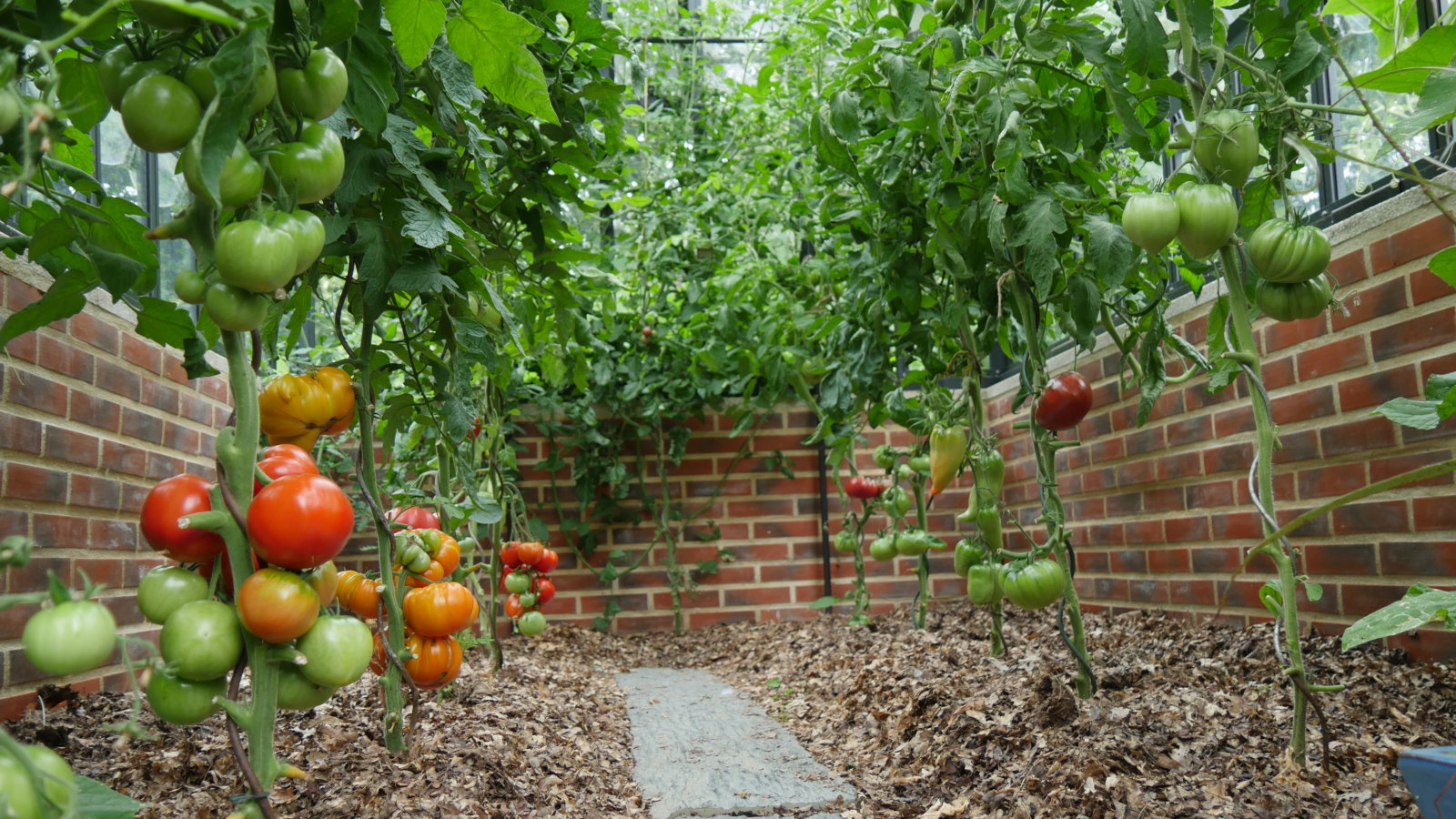
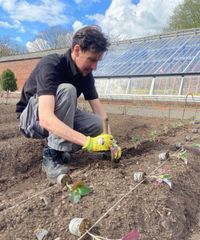
Tomatoes remain one of the most universally popular crops to grow at home, but they are not without challenges. However, there is one easy thing you can do for your crops that offers many potential benefits, which is mulching tomato plants. It is as simple as that.
Mulching tomato plants will combat diseases, including the dreaded tomato blight, and ensure your crops grow strong, healthy, and produce lots of delicious fruits during summer. As well as picking resistant varieties, mulching is a sure-fire way to protect plants from diseases.
I have grown tomatoes for years, both as a professional kitchen gardener and on my plots at home. Mulching tomato plants is something I always do, as it makes growing tomatoes easier. You get healthy plants and a bountiful harvest of fruits. To convince you, I deep-dive into the four main benefits of mulching tomato plants and how you can reap the rewards.
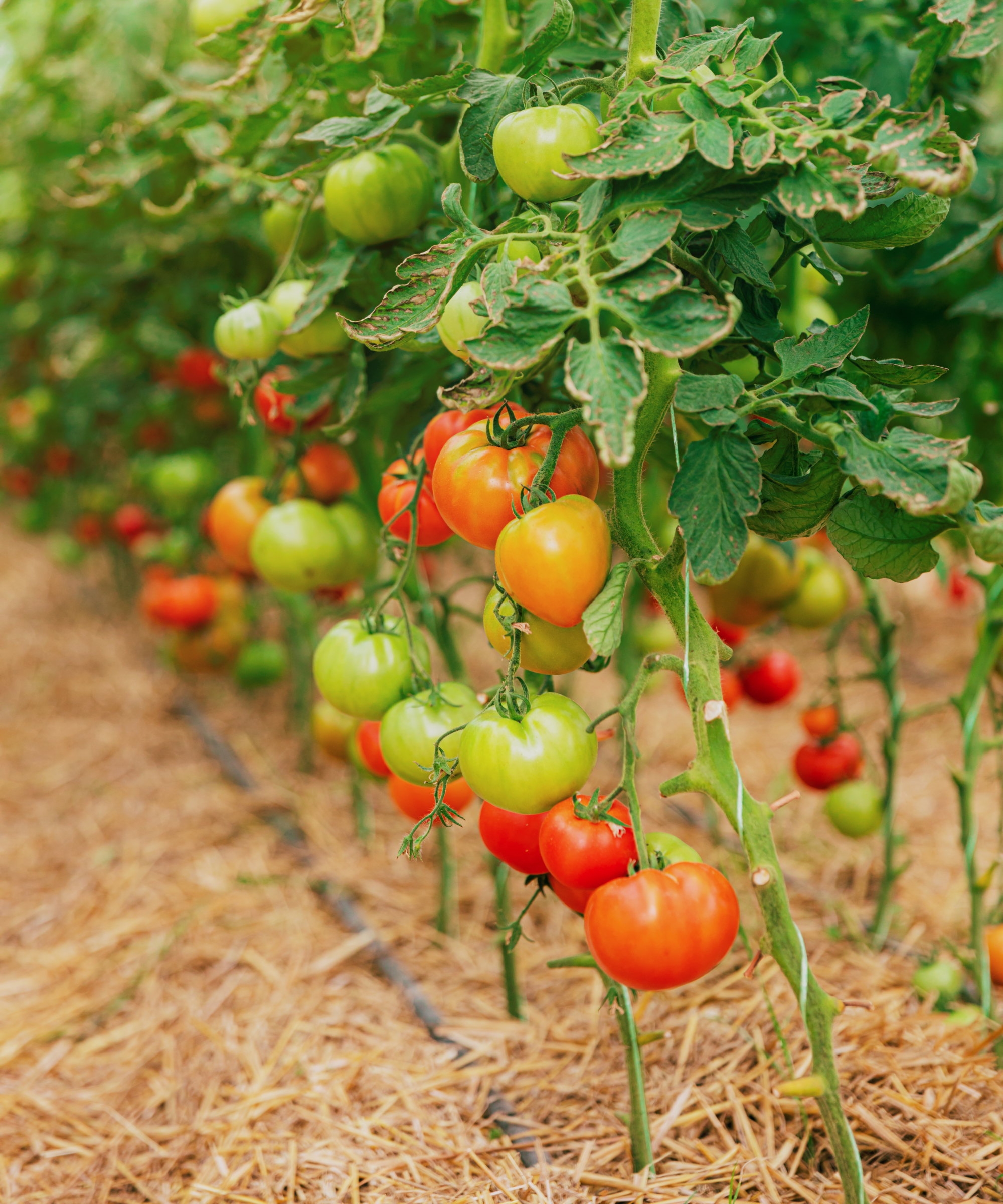
4 top reasons for mulching tomato plants
It is best to mulch straight after you plant tomatoes, and you can pick from many different types of mulch.
Personally, I tend to use homemade compost or leaf mold for mulching tomato plants, though you can also spread straw, bark, grass clippings, or shredded leaves as organic mulches.
Spread a layer 2-3 inches deep over the soil surface and you will get the following benefits:
1. Mulching tomato plants prevents diseases
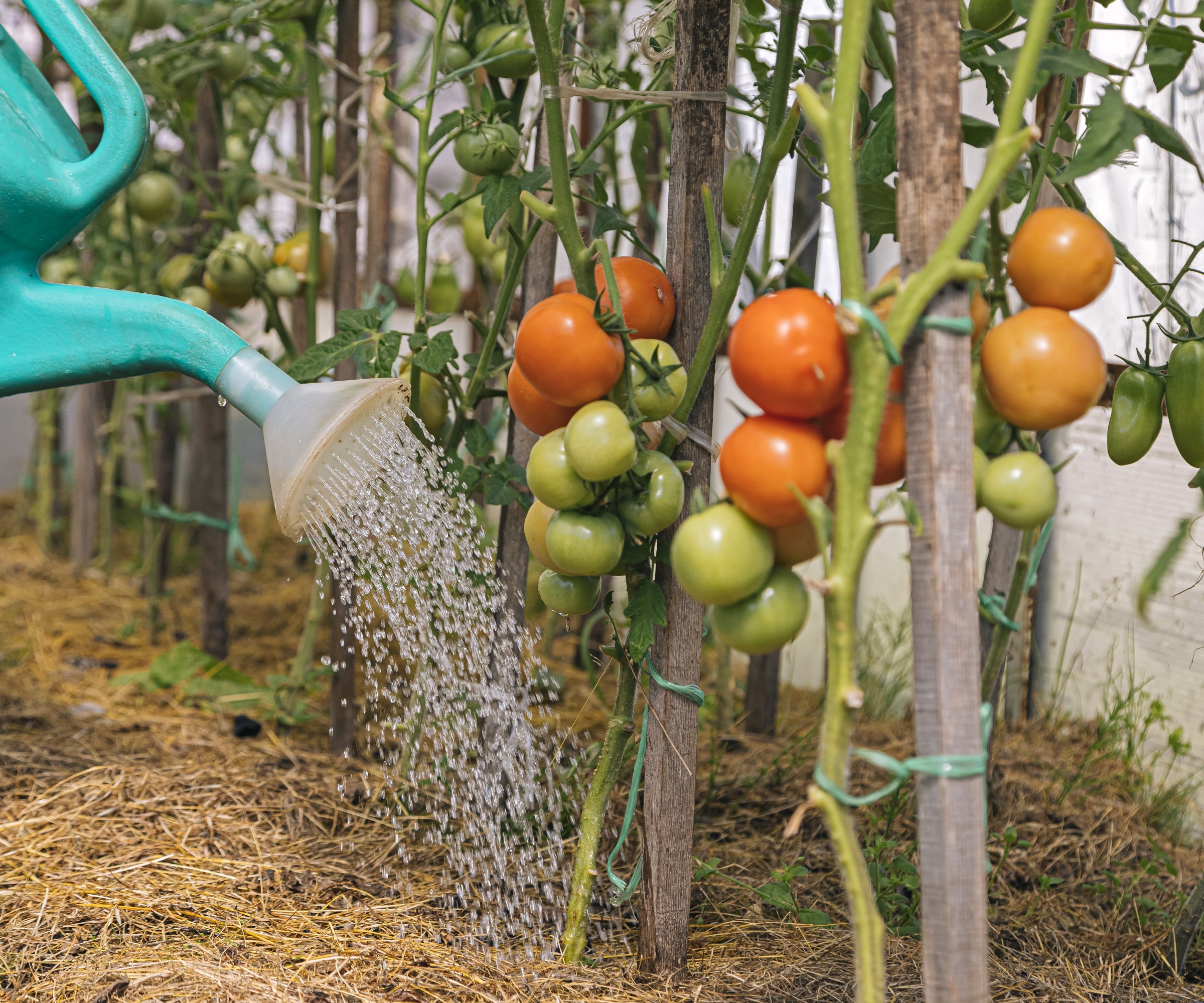
Mulching tomato plants can protect them from several common fungal tomato diseases, including blight, leaf spot, buckeye rot, and anthracnose. It does this by preventing spores or pathogens present in the soil from splashing up and infecting the tomato’s lower leaves.
Design expertise in your inbox – from inspiring decorating ideas and beautiful celebrity homes to practical gardening advice and shopping round-ups.
Fungal diseases can live in the soil and overwinter from previous years, or be present in old plant material. Rain, or water from a hose or can when you water plants, can all-to-easily splash those spores up onto the foliage. A layer of mulch forms a protective barrier that stops those pathogens from infecting your plants.
Mulching tomato plants also prevents the fruit from sitting on the soil surface and getting infected by soil-borne fungal diseases, impacting your tomato harvest as you have to discard affected fruits.
Mulching tomato plants should be done alongside other preventive measures, including removing lower branches of foliage as the plant grows and using drip irrigation, or being careful not to make any watering mistakes by watering at soil level.
2. Mulching tomato plants retains moisture in the soil
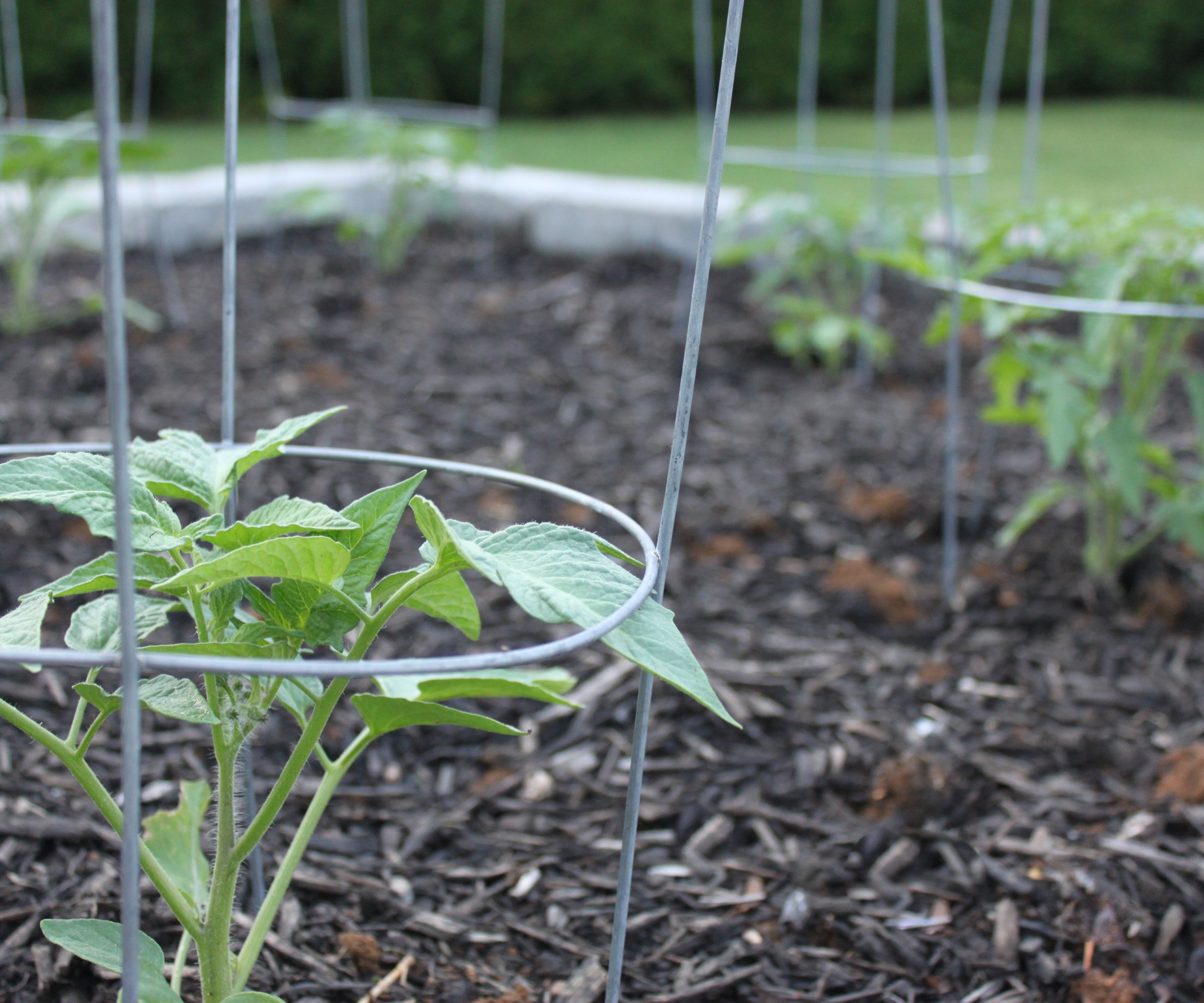
Tomato plants need a lot of watering throughout the growing season. They want consistently moist soil and it can mean a lot of time spent irrigating to keep the soil moist in summer.
While drip irrigation or soaker hoses can reduce the load away from lugging around heavy garden hoses or watering cans, tomatoes still need a lot of time and energy put on deep watering to give them the water they need.
That is where mulching tomato plants helps make watering more efficient. Mulch helps retain more water in the soil, meaning you don’t have to water as often as the moisture is held in the soil, where the tomatoes need it, rather than lost to evaporation.
3. Mulching tomato plants insulates the soil
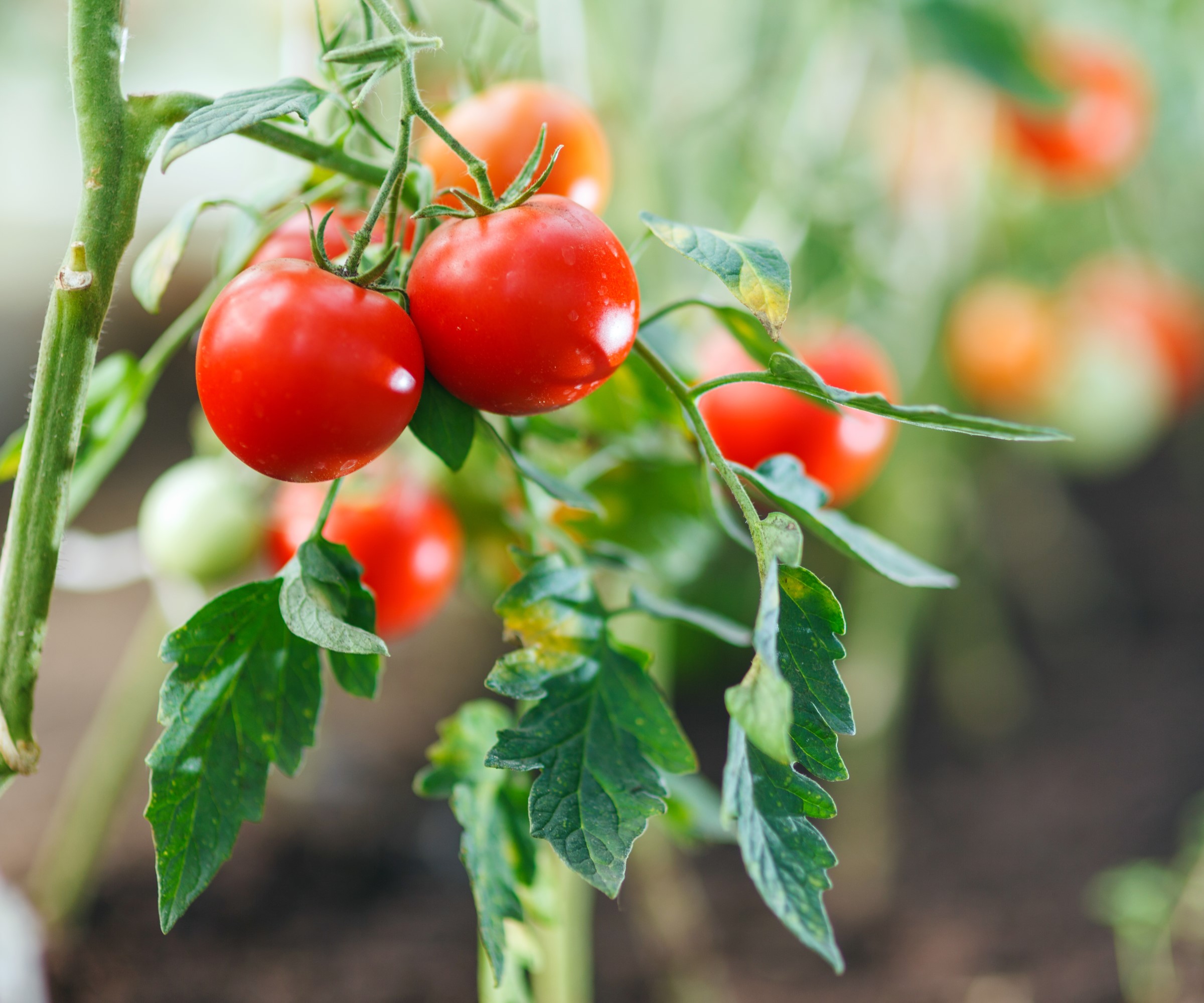
Consistency can be key to healthy tomato plants, including soil temperature. If there is an extreme in the temperatures either way, the plants will not be happy.
Mulching tomato plants helps regulate soil temperatures. It means the soil does not get excessively hot on summer days, which can be essential in warmer US hardiness zones, and mulching helps extend the season by keeping the soil warmer both earlier and later.
Insulating the soil on warmer days not only prevents tomato plants getting stressed, but it retains more moisture in the ground. A regulated soil temperature keeps plants growing healthily and ensures the ground contains beneficial earthworms and other insects, which aerate the soil and add organic matter.
4. Mulching tomato plants suppresses weeds
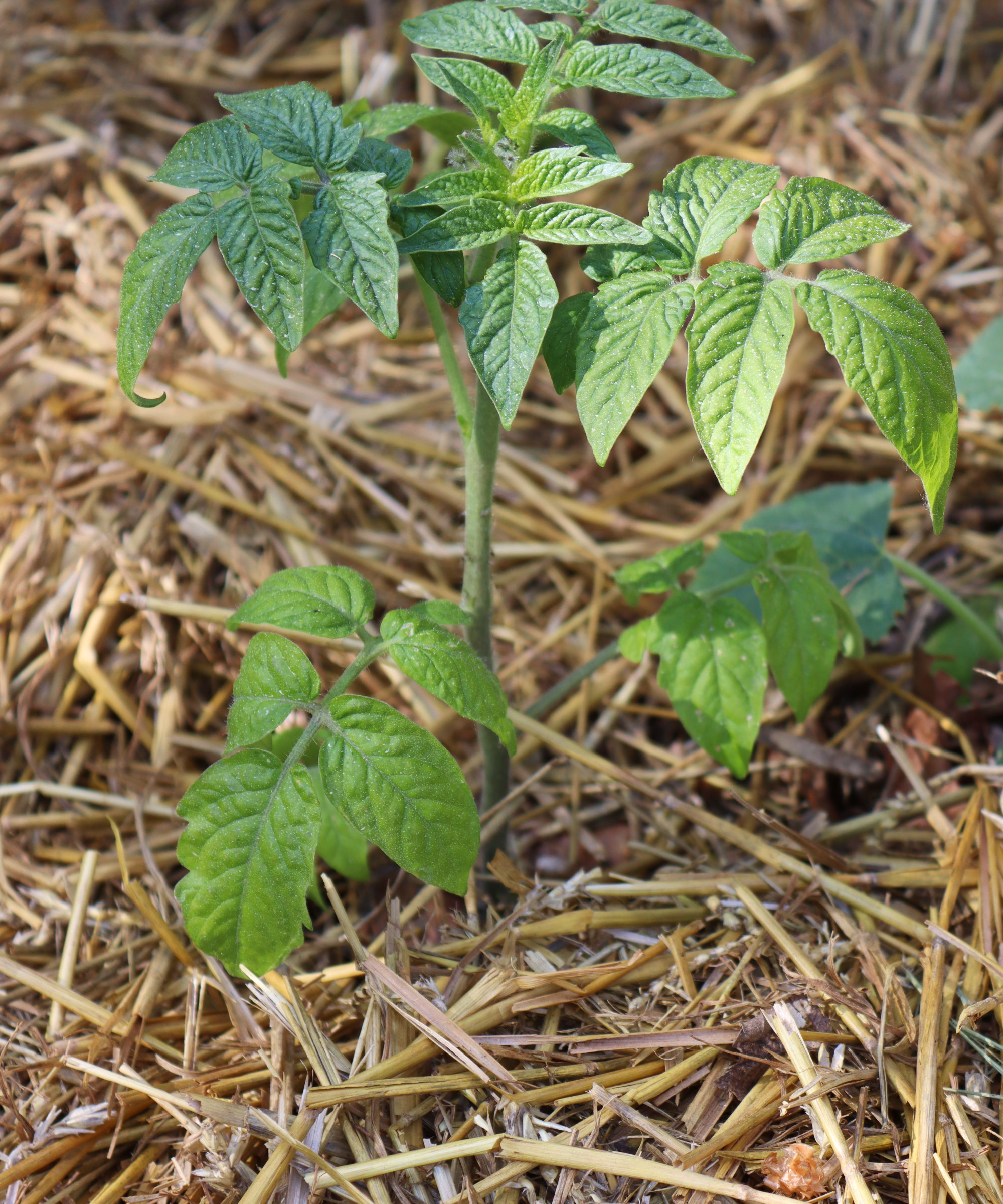
Weeds are the bane of any gardener; they are inevitable. Spreading a thick layer of mulch can suppress weed seeds in the soil, preventing those common weeds from sprouting. And those weeds that do germinate do tend to be easier to pull out from the mulch.
Fewer weeds means less time having to be spent weeding. Your tomato plants will benefit too, as fewer weeds mean reduced competition for water and nutrients in the soil, helping them to grow stronger and produce more flowers and fruits.
FAQs
Should I mulch tomatoes growing in pots?
Mulching is still advisable when you grow tomatoes in pots. Add a layer up to two inches thick on top of the potting mix, and you will see the benefits of improved moisture retention and regulation of the soil temperature.
Is it good to put grass clippings around your tomato plants?
You can use grass clippings after mowing for mulching tomato plants. With grass clippings, it is important not to pile them on too thick and ensure the grass has not been treated with herbicides.
To prevent tomato pests from damaging plants and nibbling fruits, also take advantage of companion planting.
Using the likes of onions, garlic, basil, chives, or parsley as tomato companion plants can keep all manner of unwanted pests at bay, including tomato hornworms, aphids, spider mites, and nematodes.
Planting basil near to tomato plants is also reputed to improve the yield and flavor of the tomatoes, which makes it definitely worth trying.
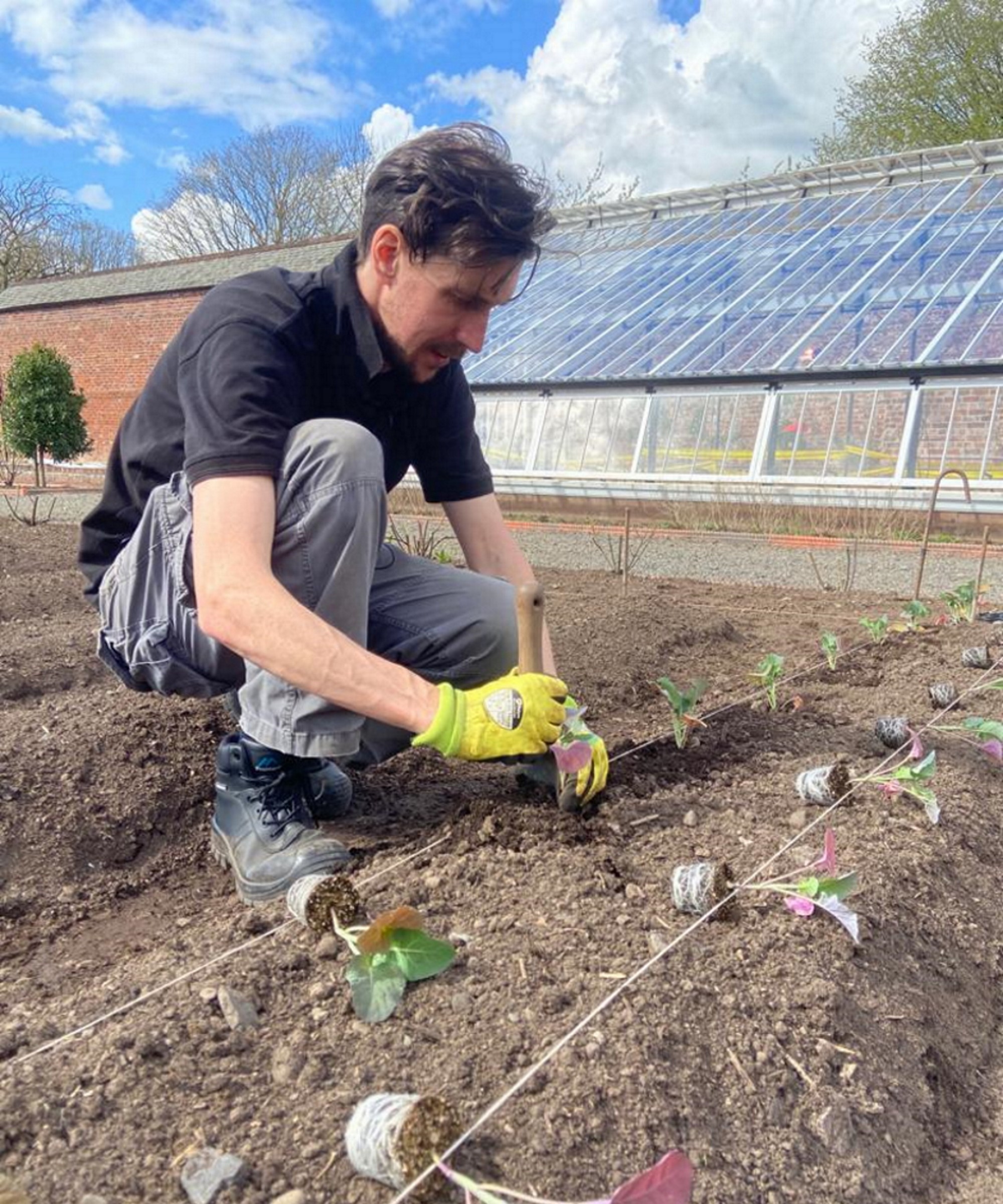
Drew has worked as a writer since 2008 and was also a professional gardener for many years. As a trained horticulturist, he worked in prestigious historic gardens, including Hanbury Hall and the world-famous Hidcote Manor Garden. He also spent time as a specialist kitchen gardener at Soho Farmhouse and Netherby Hall, where he grew vegetables, fruit, herbs, and cut flowers for restaurants. Drew has written for numerous print and online publications and is an allotment holder and garden blogger. He is shortlisted for the Digital Gardening Writer of the Year at the 2025 Garden Media Guild Awards.
You must confirm your public display name before commenting
Please logout and then login again, you will then be prompted to enter your display name.
